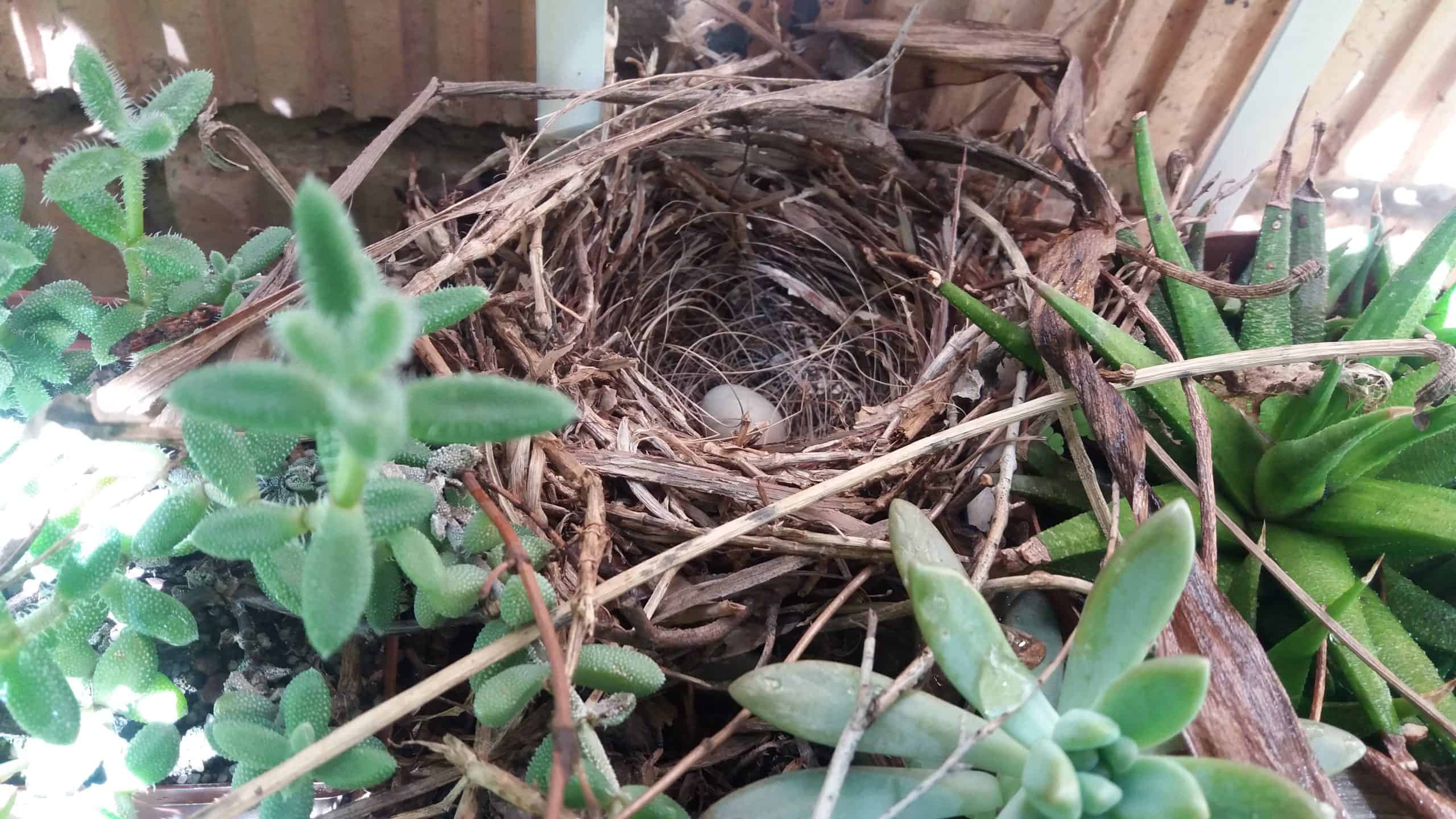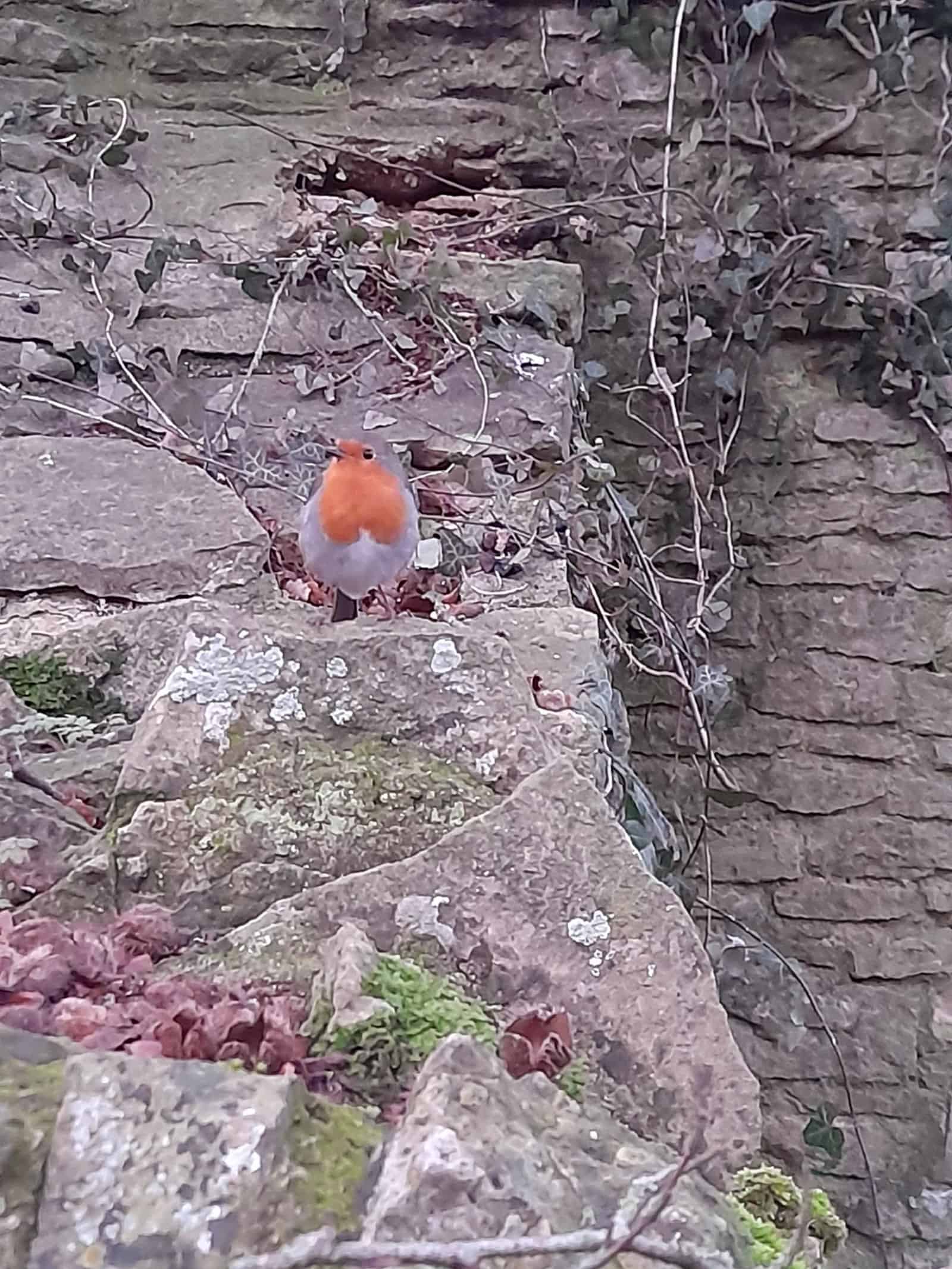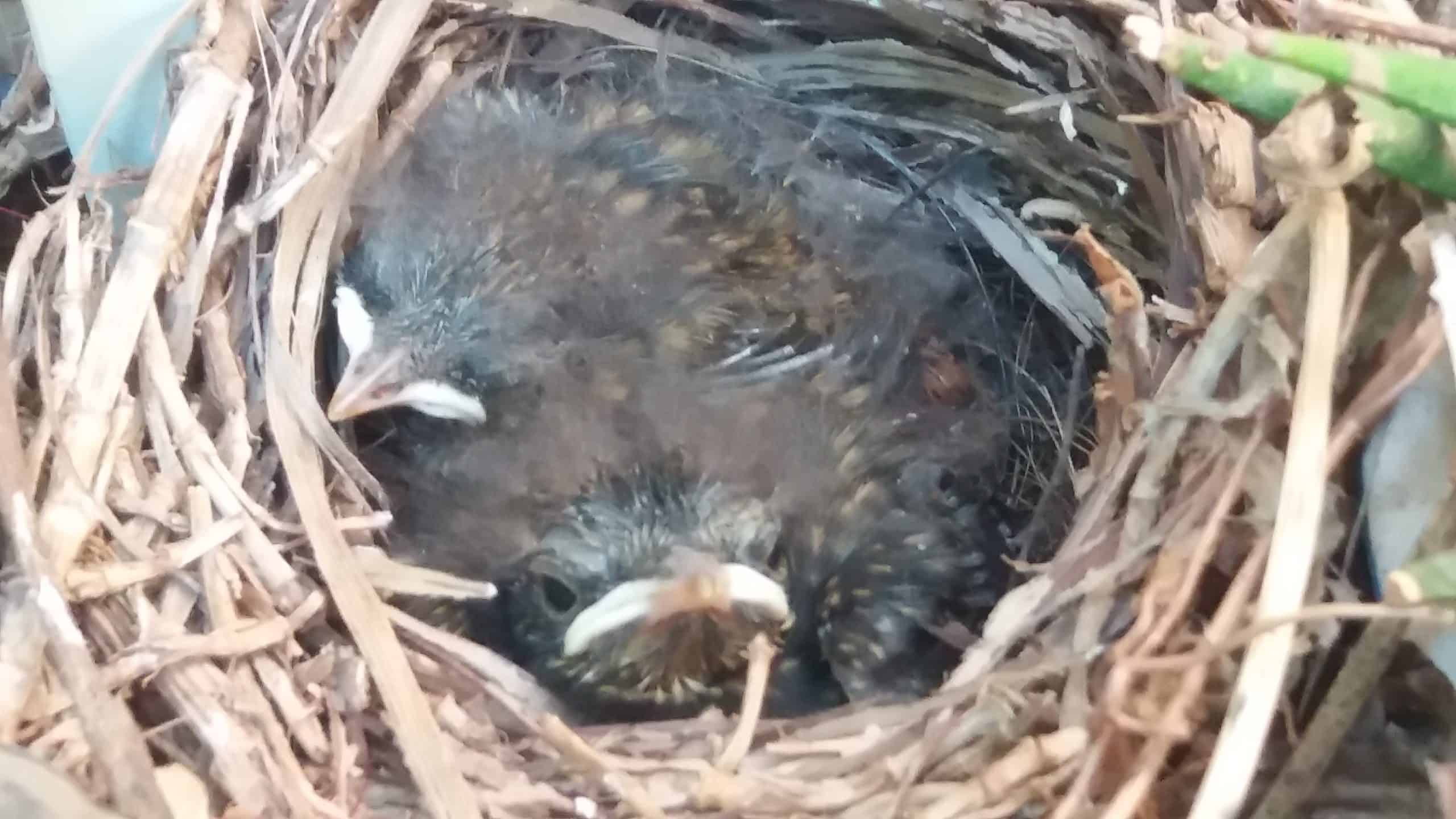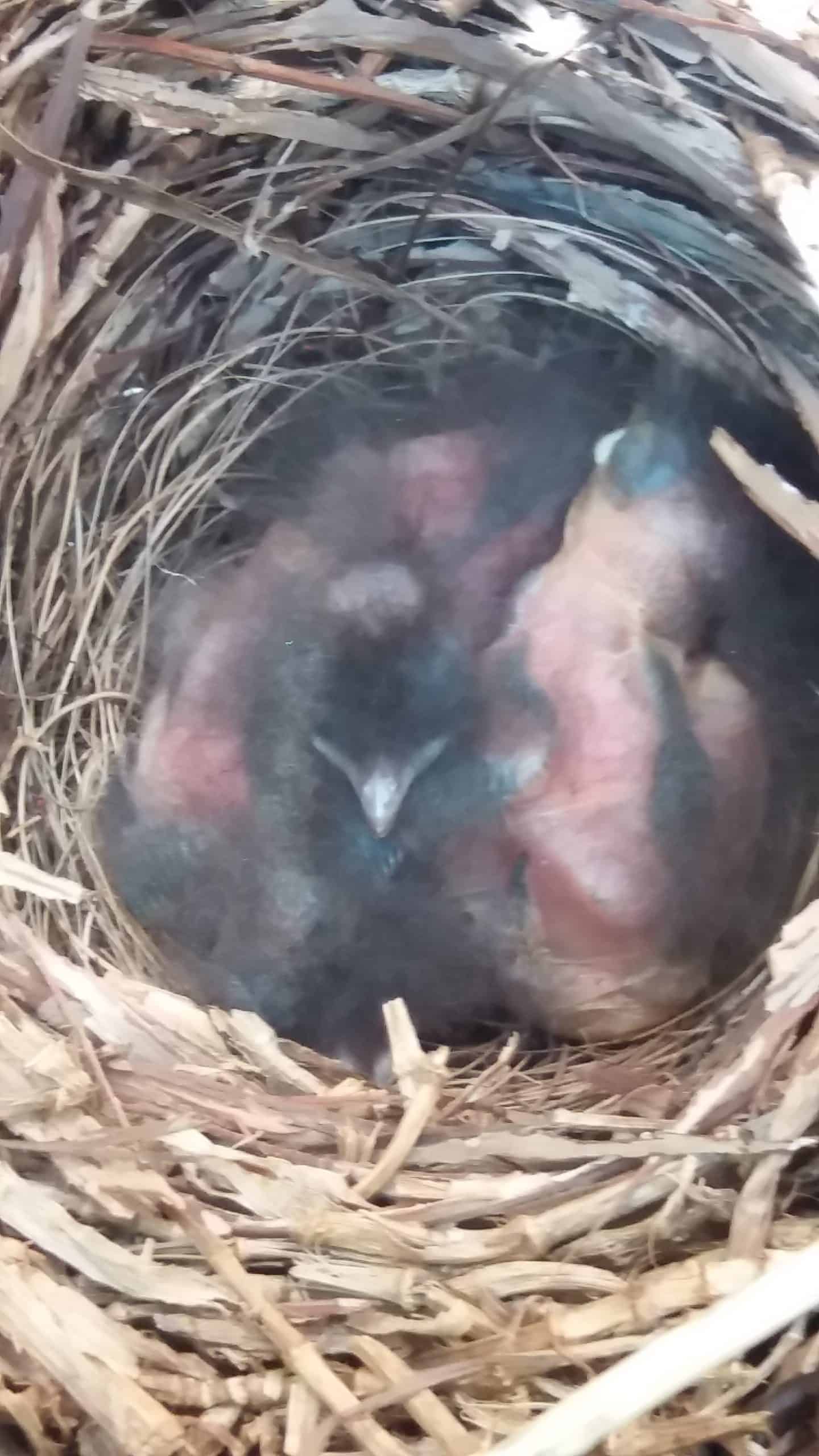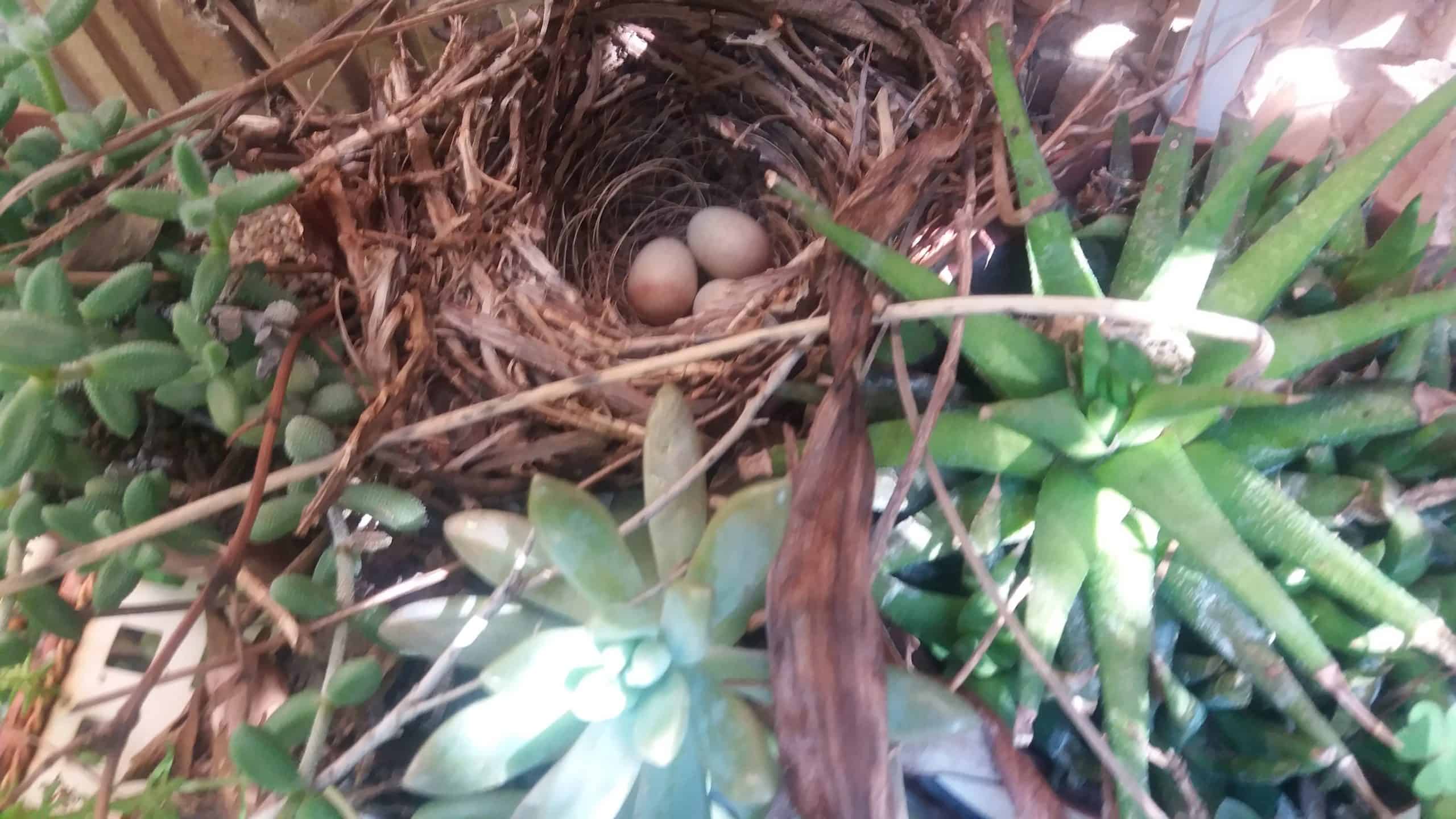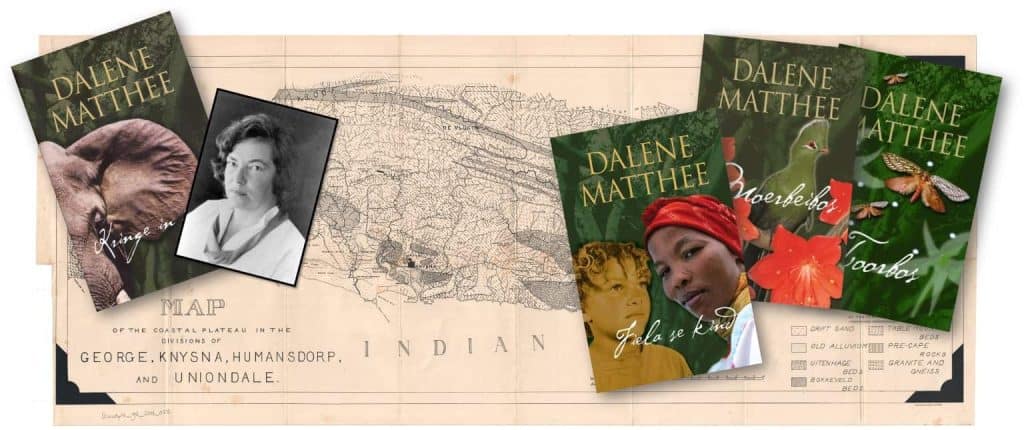In the days when we still mailed each other Christmas cards (and the South African Post Office still delivered), pictures of robins were a familiar sight. An article describes them as small birds with big personalities.
Locally, the Cape Robin-chats are very similar. I am tempted to describe them as the Jack Russells of the bird world. Small, curious and not at all shy or scared of people.
Comparing the two species of cheerful garden friends is quite interesting:
| European robin | Cape robin-chat |
| (Erithacus rubecula) | (Dessonornis caffer) |
| Red breast feathers | Orange breast feathers |
| Males and females look similar | Males and females look similar |
| Weighs 14-25 grams | Average weight 28 grams |
| Length from beak to tail tip: 12-14 cm | Length from beak to tail tip: 16-17 cm |
| Sings most often at sunrise and sunset | Sings most often at sunrise and sunset |
| Males and females sing | Males and females sing |
| Mostly eats insects, but also seed and fruit | Mostly eats insects and small reptiles, but also seed and fruit |
| Found in UK, Europe, North Africa, Middle East and Central Asia | Found in southern and eastern Africa |
| Average lifespan: 13 months, but in a documented case one lived to be 19 years old | Average lifespan unknown, but in a documented case one lived to be 17 years old |
| Lays 4-7 eggs | Lays 2-3 eggs |
| Eggs are shades of white, speckled in reddish brown | Eggs are shades of white to pink, speckled in reddish brown |
Evidently there are many similarities between the two species. Both also hop-hop through the gardens, fields or woodland areas where they live and hunt.
The photos are of a robin in the Cotswolds in England, and of the eggs and chicks of a pair of Cape robin-chats in my garden in Pretoria.
The Cape robin-chat’s nest building process is impressive – one soaks his or her belly feathers in water to wet the nest material, so that it becomes pliable and can be shaped more easily into a bowl. The other mate finds and provides the nesting material.
Both robins and Cape robin-chats are so common in the areas where they are found, that one may almost overlook them, but at sunrise or sunset, their cheerful songs quickly bring a smile to your face daily.



